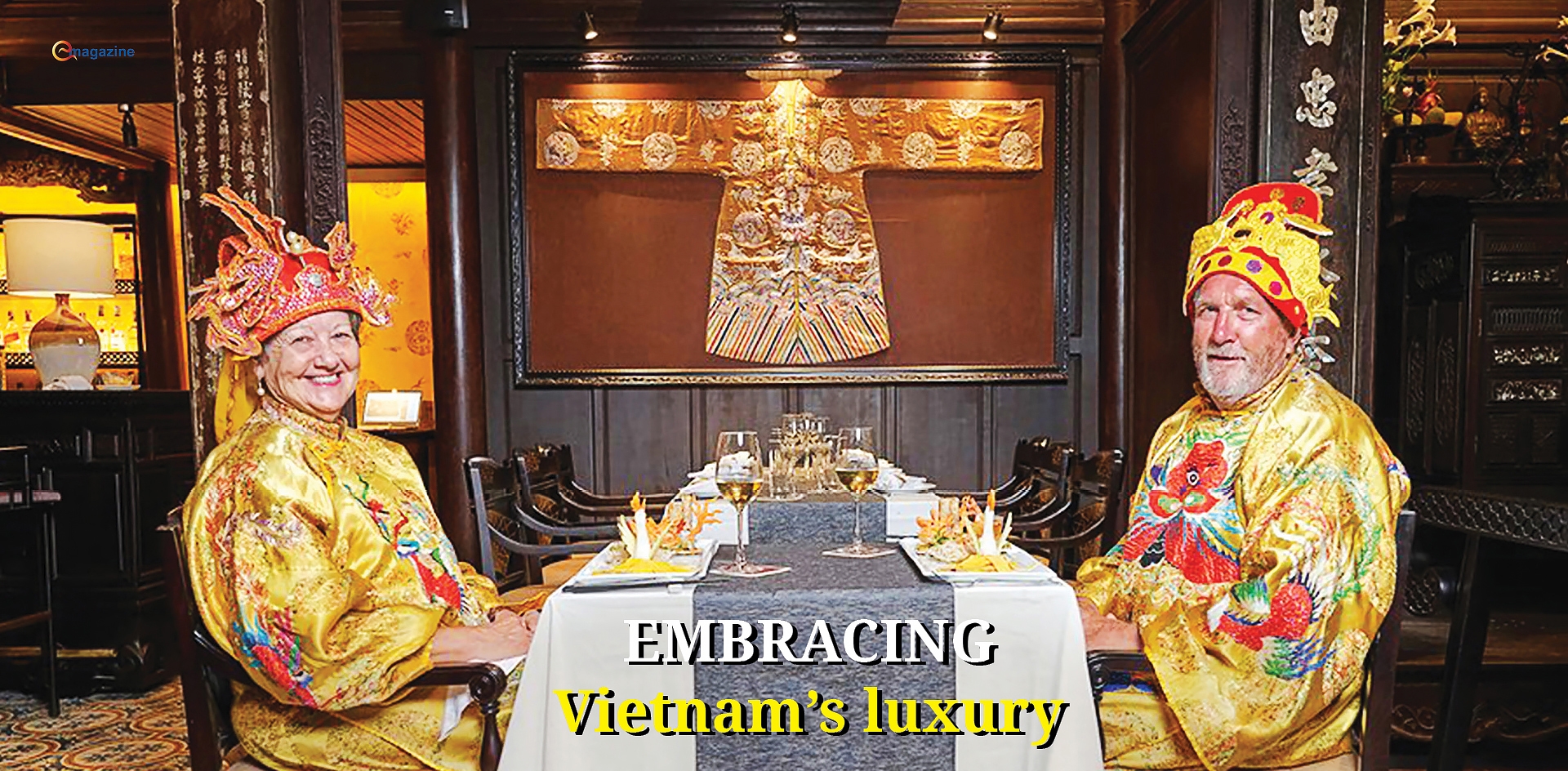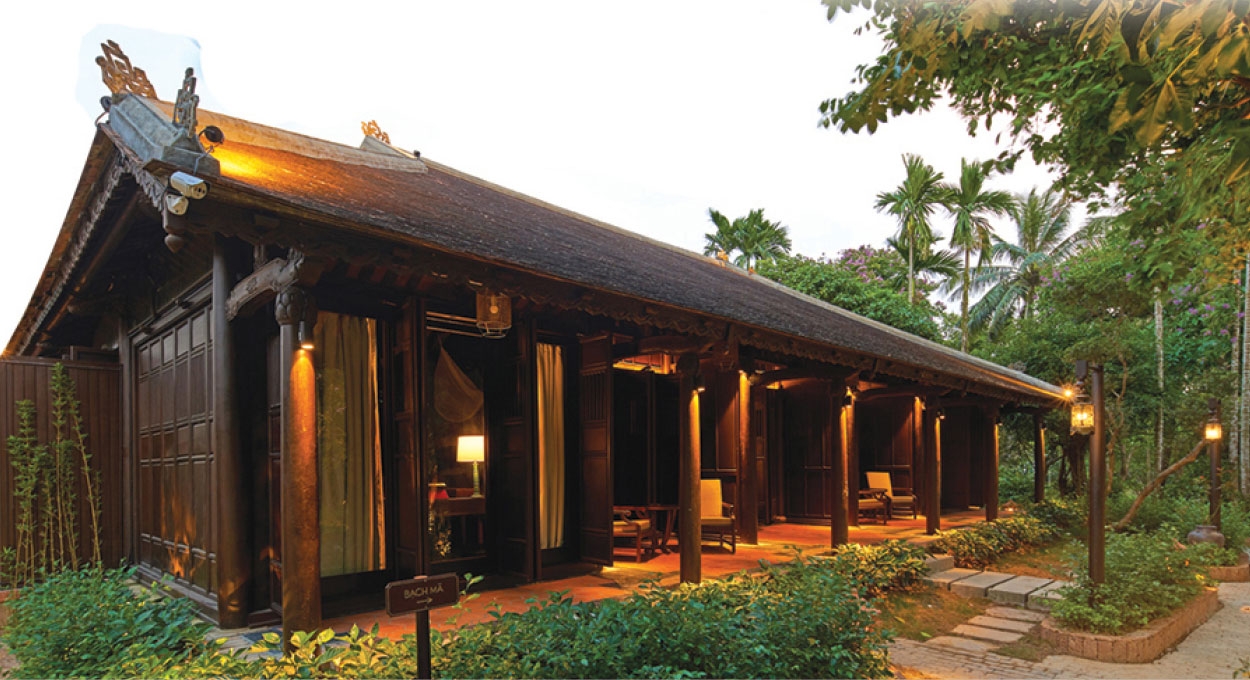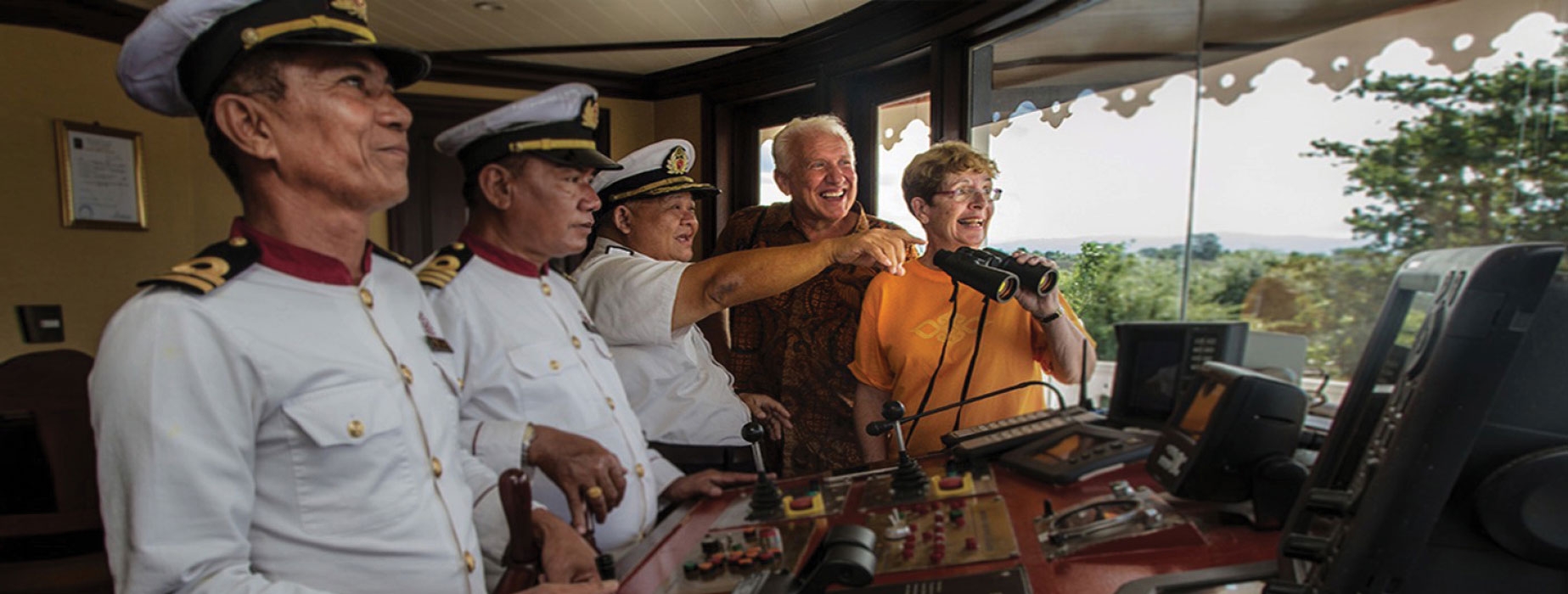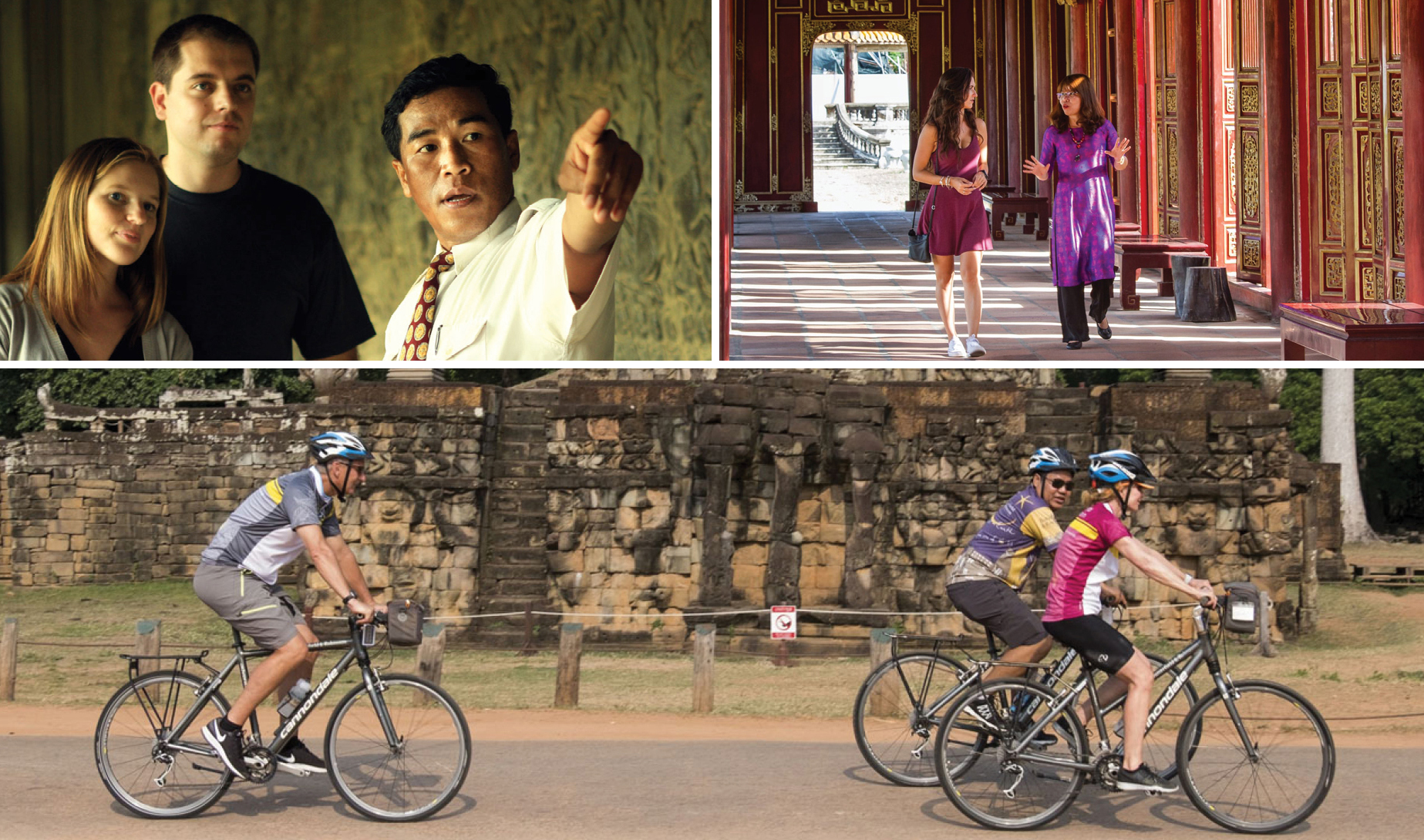 |
| Despite being visually impaired, John Tue Nguyen, founder and CEO of Trails of Indochina has followed his passion of developing luxury tourism in Vietnam. Years after his entry into the industry, he managed to expand his business across several countries and still does not want to stop. Why did you decide to found and develop your firm to attract luxury tourists? I loved learning foreign languages since I was little. When I was in college, I developed my passion for the tourism industry and began working as a tour guide. However, my career came to an early end at the age of 28 when my eyes became weaker and I ultimately turned blind. However, my love for culture and tourism led me to a new path. I established Trails of Indochina, a travel agency for luxury tourism in Vietnam, in 1999. At that time, Vietnam was seen as a low-budget destination and I urged to change that mindset. My relatives and friends mostly reacted to my idea with “You are crazy!”. Vietnam’s tourism at that time was under development yet that kind of tourism promised huge profits and little competitiveness. Luxury tourism helped us create and develop our own market. |
 |
| What are the ups and downs of being a pioneer in developing high-end tourism in Vietnam? In my opinion, Vietnam is the most beautiful country in Southeast Asia as well as all one of the most breathtaking destinations all over the world. Besides its natural landscapes, the country is well-known for its deep history and diverse culture, and moreover a place full of architecture from the French colonial era. With that base, we believe in our products to attract medium and high-end tourists. To be honest, there were lots of difficulties at first. Many luxury hotels resisted to sign contracts with our company, staff quit since they did not share our vision, and the Vietnamese law at that time was not in favour of a blind company owner. Our country’s infrastructure was not good enough to adapt to high-end travellers. I was on my own to come up with a concept and follow my vision. It is hard to be a pioneer. However, Trails of Indochina finally built up signature products after a while of which I am very proud today. We became the first ones to create tours including local history, art, markets, and gardening within our packages. By booking one of our tours, tourists can not only visit many beautiful places but also get involved in local activities. In the beginning, we had to invite famous travel agencies all over the world to come and try our service. They took a close look at what we did and appreciated our new approach to Vietnam’s tourism. Thus, our company’s image got better. Within just a few years, our net revenue rose three times and we started to open tours in Cambodia, Laos, Thailand, Indonesia, Myanmar, China, and Hong Kong, as well as started to get involved in cruise tourism. So far, the product portfolio of Trails of Indochina includes luxury cruises, 5-star restaurants, and art galleries, as well as many famous resorts such as The Nam Hai Resort in Hoi An, The Ocean Villas in Danang, and An Lam Ninh Van Bay in Khanh Hoa. |
 |
| Many tourism products that focus on experience have become popular. Do you think such products could be the strength of Vietnam’s tourism industry in attracting luxury tourist? Nowadays, such tourism is no longer a new type. Creating unique and unforgettable experiences requires investment in people and a clear understanding of products. Entrepreneurs must be the ones who implement their vision the right way but I see many businesses that do not pay enough attention. Some businesses are always looking for new destinations, such as when Sapa had become a bustle. Then, people started to look towards Y Ty. However, we do not always want to find new destinations. For us, it is more important to create unforgettable experiences in modern destinations like Saigon, Danang, and Hanoi. Trails of Indochina focuses on sustainability and heritage conservation. Moreover, through a number of projects, we want our guests to feel they have contributed to the preservation of sustainable heritage. |
 |
| As a man of Hue, what ideas do you have for turning the city into one of the most attractive tourist destinations in Vietnam in the future? Hue tourism is being overshadowed. Ten years ago, visitors to Hue would stay for about two nights, then move on to Hoi An. But nowadays people ignore Hue and choose to stay in Hoi An for three nights. In addition to weak marketing, Hue currently does not have any hotels from international brands such as Accor, JW Marriot, and Fusion. In the past few years, I have implemented many projects with the desire to enhance the image of Hue. In terms of sports, the city has the Coupe De Hue Cycle Race. In terms of heritage conservation, I have implemented the Ancient Hue Garden Houses project, consisting of the five oldest ancient houses each with eight rooms. The project is located in a complex in Kim Long village, only five minutes from Thien Mu pagoda and Hue’s citadel. In addition, I am also working on a community resort project called Hue Spirit Sanctuary. This is the first 5-star resort in Hue and part of my effort to turn Hue into a high-class tourist destination, in addition to other products. |
 |
| What is the development plan of Trails of Indochina in the near future? The major long-term orientation of the company is to invest in developing separate product lines and make them our own. Of course, we are primarily aiming towards developing exclusive and high-quality products. |
 |
 |